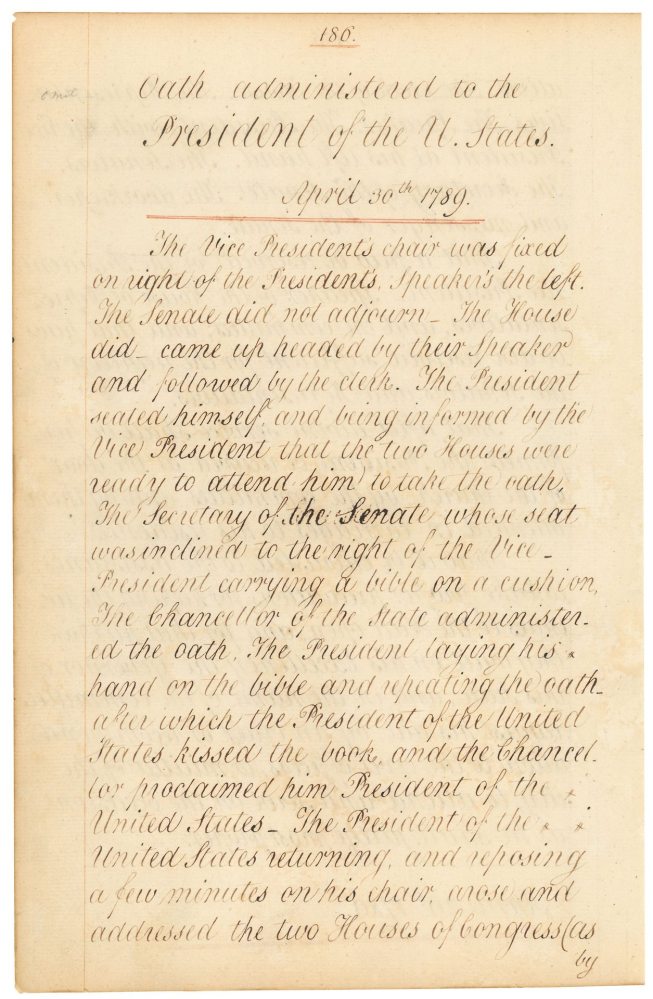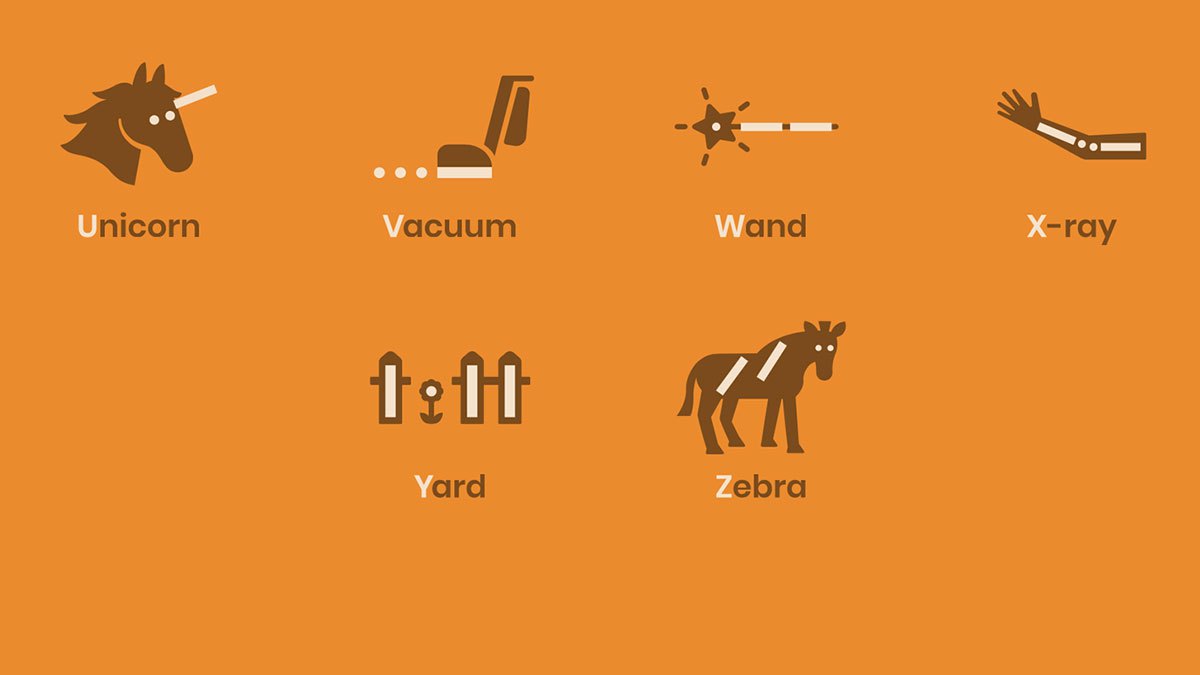
If you’re interested in American history but prefer to learn in small bits, Today’s Document is a great resource for you. With a website, Tumblr, Twitter account, Facebook page, Flickr page, and even a mobile app, you can learn about our history, one document at a time. Photos, letters, telegrams, maps, diagrams, videos, and papers all give you a glimpse into what has happened in the past.
Primary sources such as these are one of the best ways to learn about history. Secondary and tertiary sources include summary, analysis, and interpretation done by someone usually not involved with the primary source, so opinion and perspective are introduced, even if it is unintentional. Primary sources are taken at face value, though it is also important to try to understand the context.

One of the advantages of primary sources, especially the really old ones, is that if they are available publicly they are generally free to access. Between their age (i.e., being out of copyright) and our government’s fantastic websites that provide access to digitized documents, you could read and explore for years before running out of material.
If any of Today’s Document materials intrigue you, the websites also have links to related information, helping you disappear down many a rabbit hole. And even if history isn’t your thing, the slew of resources are a great starting point for kids’ projects in school.
If you prefer hard copies, the National Archives doesn’t seem to have a book based on Today’s Document, but they publish a slew of other primary source materials.

While I am intrigued by all of the documents, photos particularly speak to me. They show you what history looked like. The fashions, the settings, and the people are all there for you to see. My next favorite would be the letters. The really old ones show the beautiful handwriting that people used to employ. Penmanship was made a priority in the past, even for men. But the content of the letters is especially interesting. The way words are used to convey points, the turns of phrase, the misspellings and omitted words, all give a glimpse into how hurried the person was, or how prone to mistakes they were. Later on, letters were sometimes typed, which, these days, is a lost art.
Which documents are your favorites?



